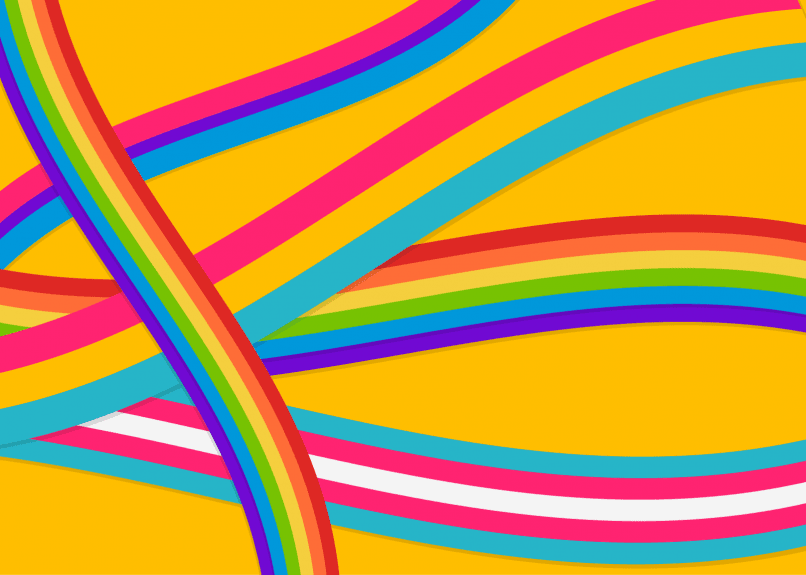
Enough!
Tired of systematic abuse they rioted with six days of protests and confrontations against law enforcement. And just like that, in less than seven days, a group of Queer people, together, changed the course of history forever.
The 28th of June is Pride day! This critical date commemorates the Stonewall riots (1969) in New York City. This historical event is considered one of the most important in the LGBTQ+ liberation movement, not only in the United States but in the western world. The riots were an essential catalyst in the spawning of many LGBTQ+ rights groups in Western Europe, Canada, and Australia. It gave a much-needed breath of life to those fighting for the rights of gender and sexual minorities.
While most people might recognize the mythical rainbow flag many different flags fly proudly during pride. Let’s take a look at some of the most common flags you might see in this pride!
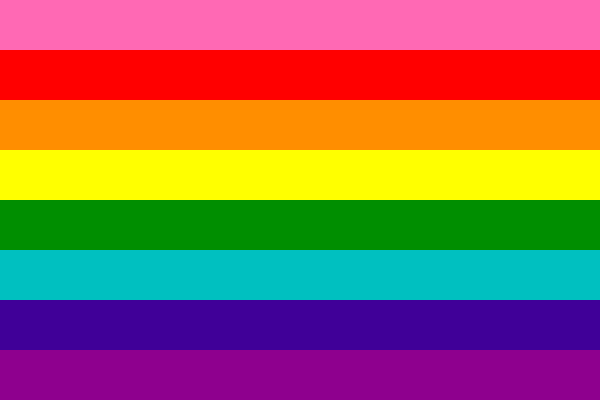

The rainbow flag was created by the artist Gilbert Baker with other activists and originally had 8 colors representing (from top to bottom):
Sex, Life, Healing, Sunlight, Nature, Magic, Serenity, and Spirit
The rainbow flag was first used as a symbol of gay pride in San Francisco and quickly spread internationally. The rainbow flag has many variations but the six-colored flag from 1979 is one of the most used color combinations to represent gay pride.
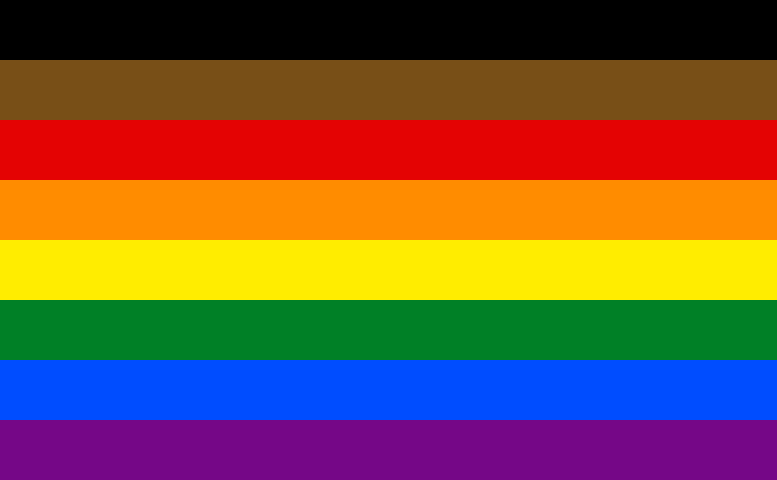
Philadelphia’s People of Color Inclusive Flag was created in 2017 and highlights the unique challenges people of color face within and outside of the community. It also functions as a reminder of the intersectionality of the racial equality movements and LGBTQ+ rights.
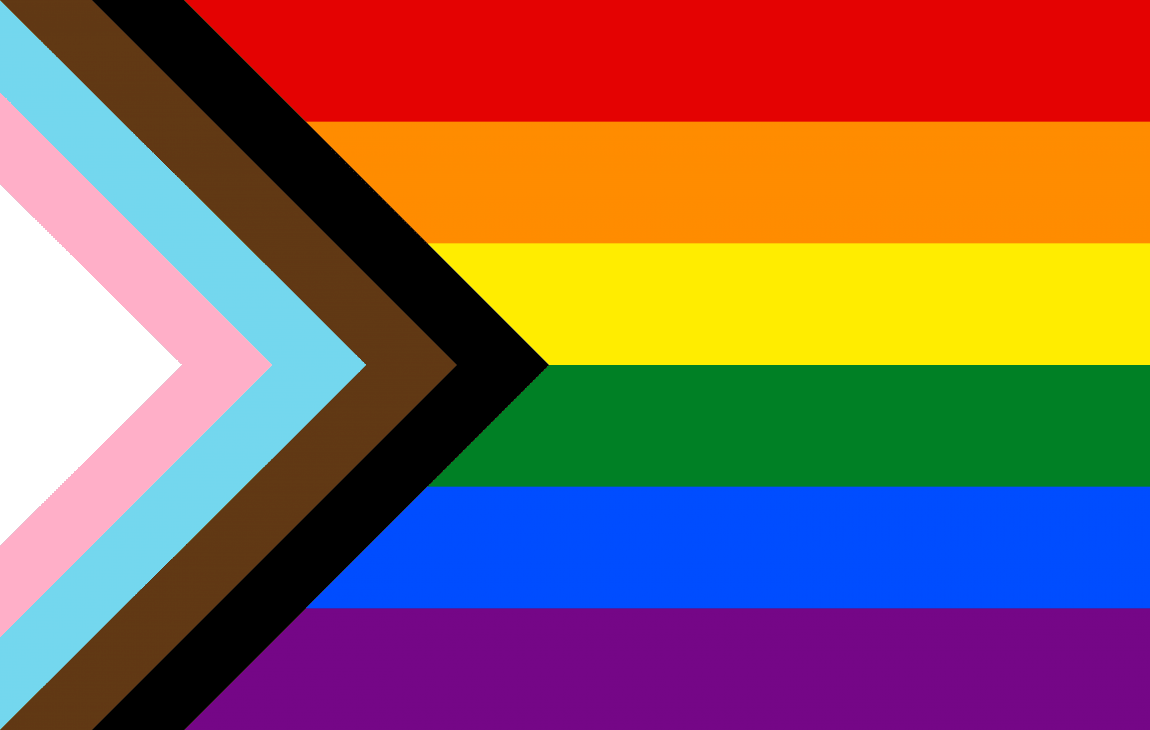
This flag was created by Daniel Quasar in 2018 in response to Philly’s updated pride flag. The Progress Pride Flag is a variation of the classical six-striped pride flag with the inclusion of the Phili flag and the Trans flag.
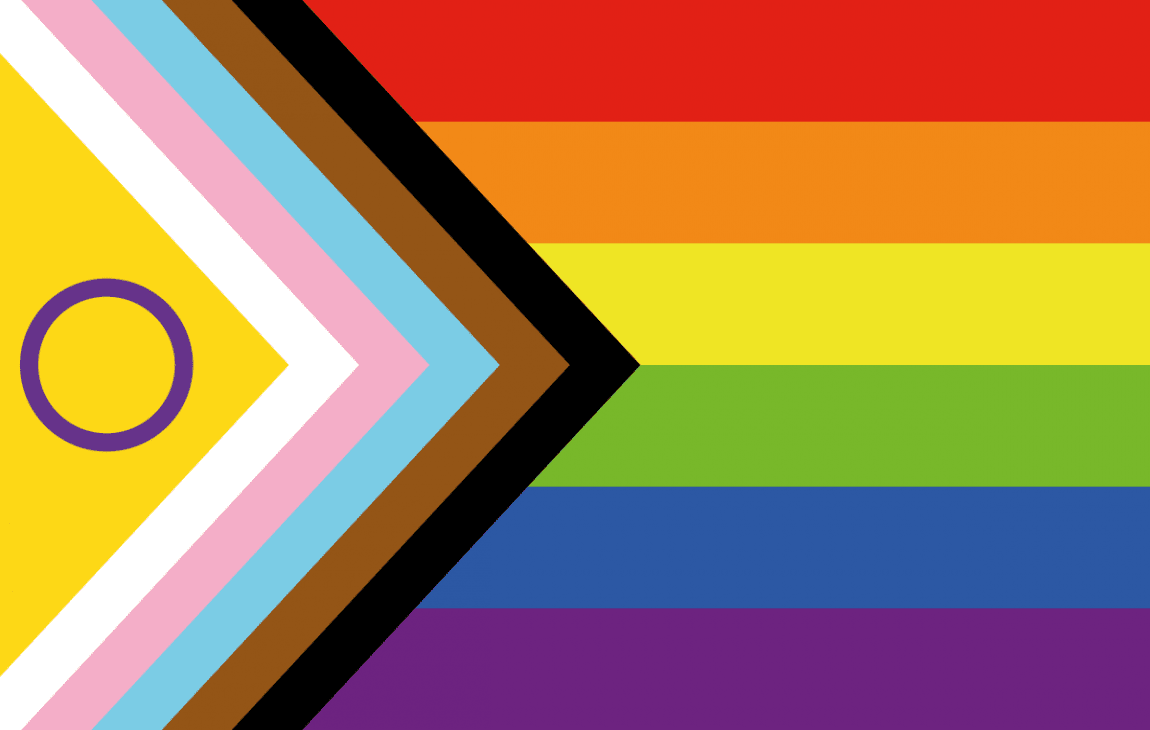
The intersex inclusive pride flag was created in 2021 by Intersex columnist Valentino Vecchietti. This variation of Daniel Quasar’s design includes the intersex pride flag.
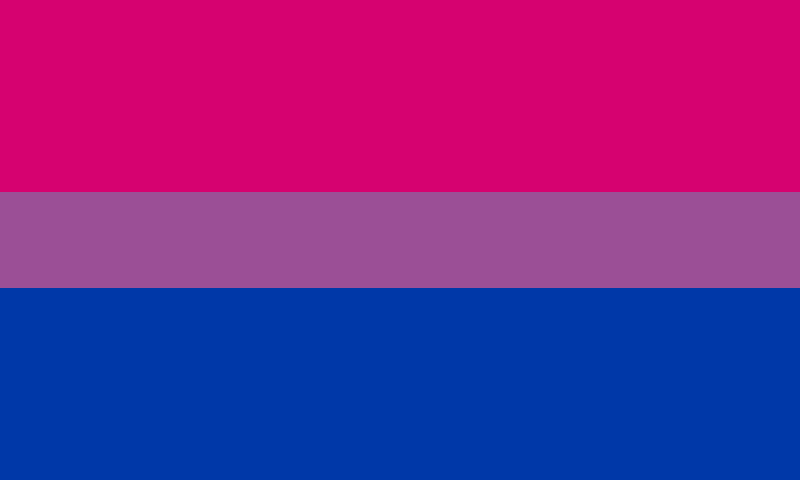
The bisexual flag was designed by Micheal Page in 1990. The pink top stripe represents attraction to the same sex and the blue bottom stripe the opposite sex. The middle purple mixes the colors and means the attraction to people of all or some genders.
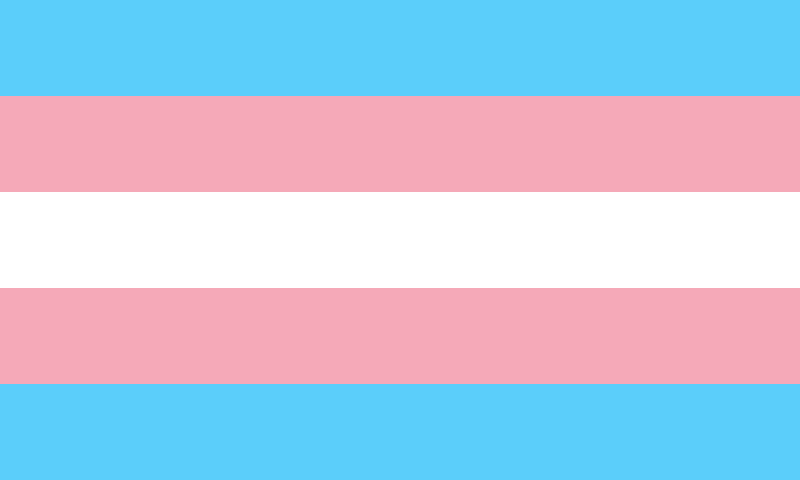
The Pride flag was designed by Monica Helms in 1999. The flag uses the traditional gender colors: baby boy-blue and baby girl-pink with a white stripe in the middle representing persons transitioning or of undefined gender.
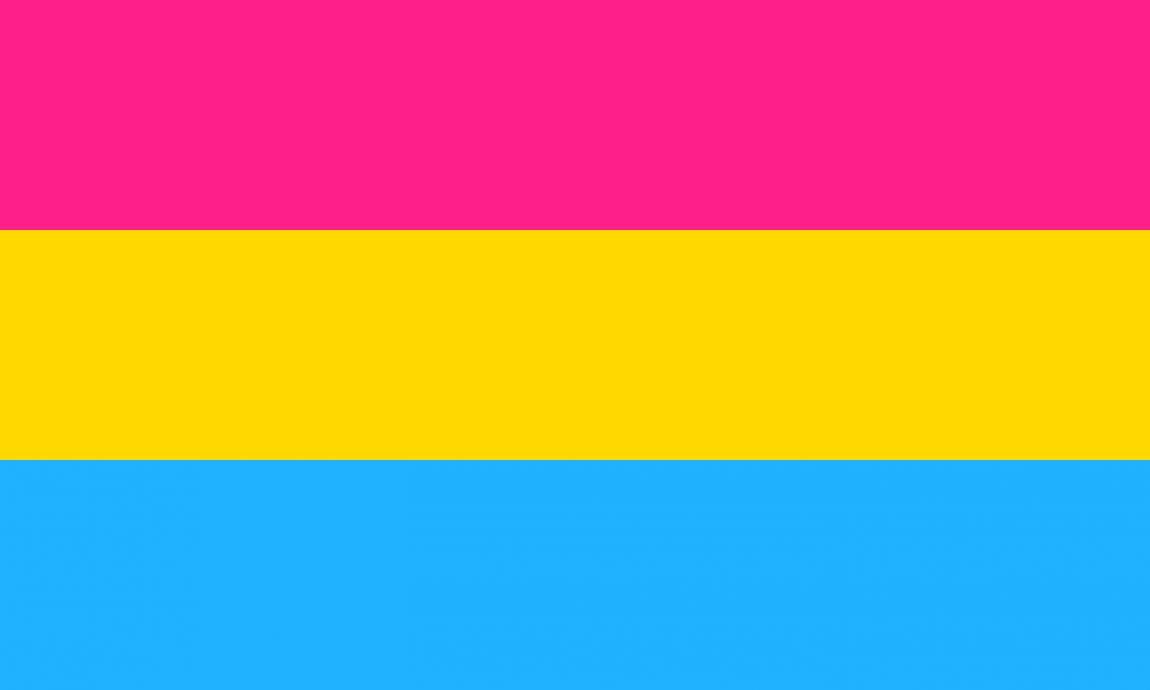
The pansexual pride flag was originally posted on Tumblr on an anonymous account (Jasper V.) back in 2010. While the flag represents attraction to all genders there is no sure way of knowing the true meaning of the colors chosen by the artist. The most common interpretation is:
Cyan represents men and attraction to men
Yellow represents non-binary people and attraction to non-binary people
Magenta represents women and attraction to women
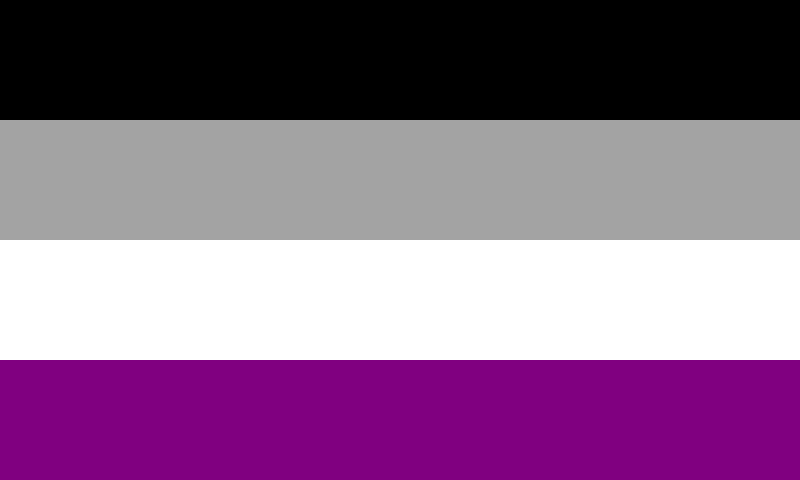
The Asexual pride flag was created in 2010 and was voted on by the Asexual Visibility and Education Network. The flag consists of four horizontal stripes:
The Black stripe represents Asexuality, the gray stripe the spectrum or gray area between asexuality and sexuality, the white stripes represent sexuality, and purple stands for the community.
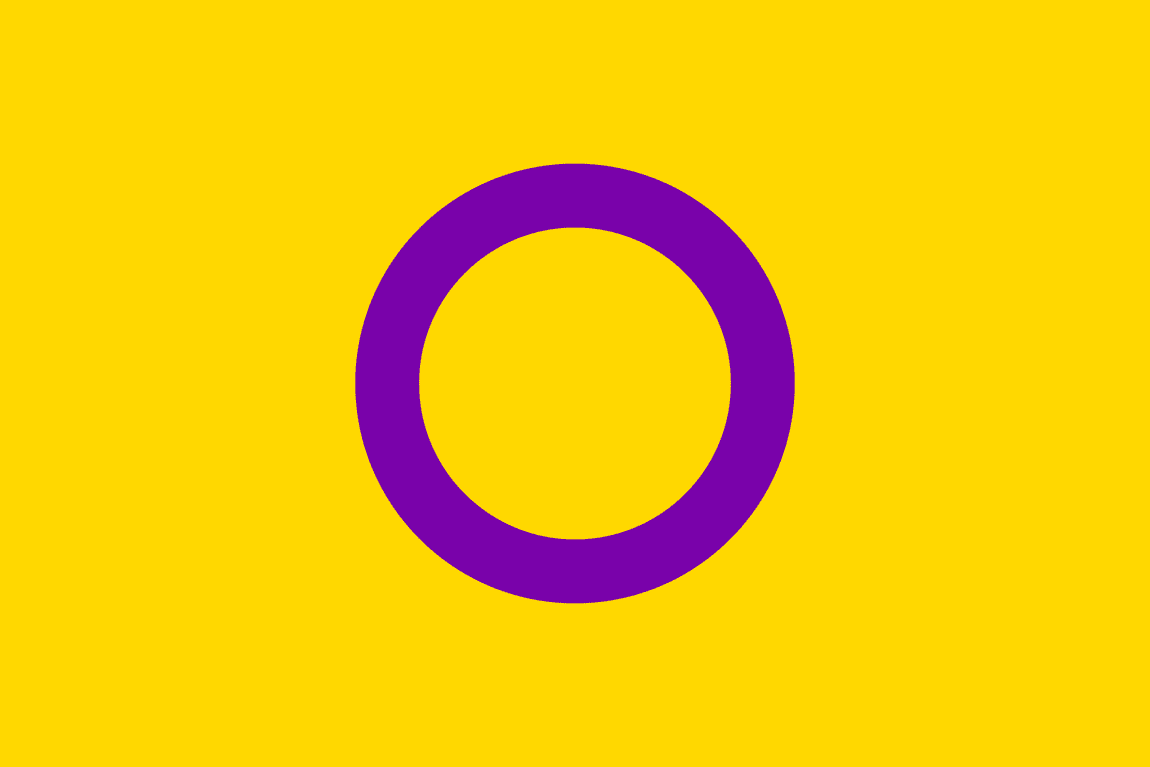
The Intersex Pride Flag was designed by Morga Carpenter and Intersex Australia (formerly OII Australia) in 2013. The flag purposely uses gender-neutral colors. By mixing the traditional colors used to represent binary sex and gender in the sex/gender system, blue and pink, we get purple. The unbroken circle superimposed over the yellow backdrop represents completeness, wholeness, and one's full potential.
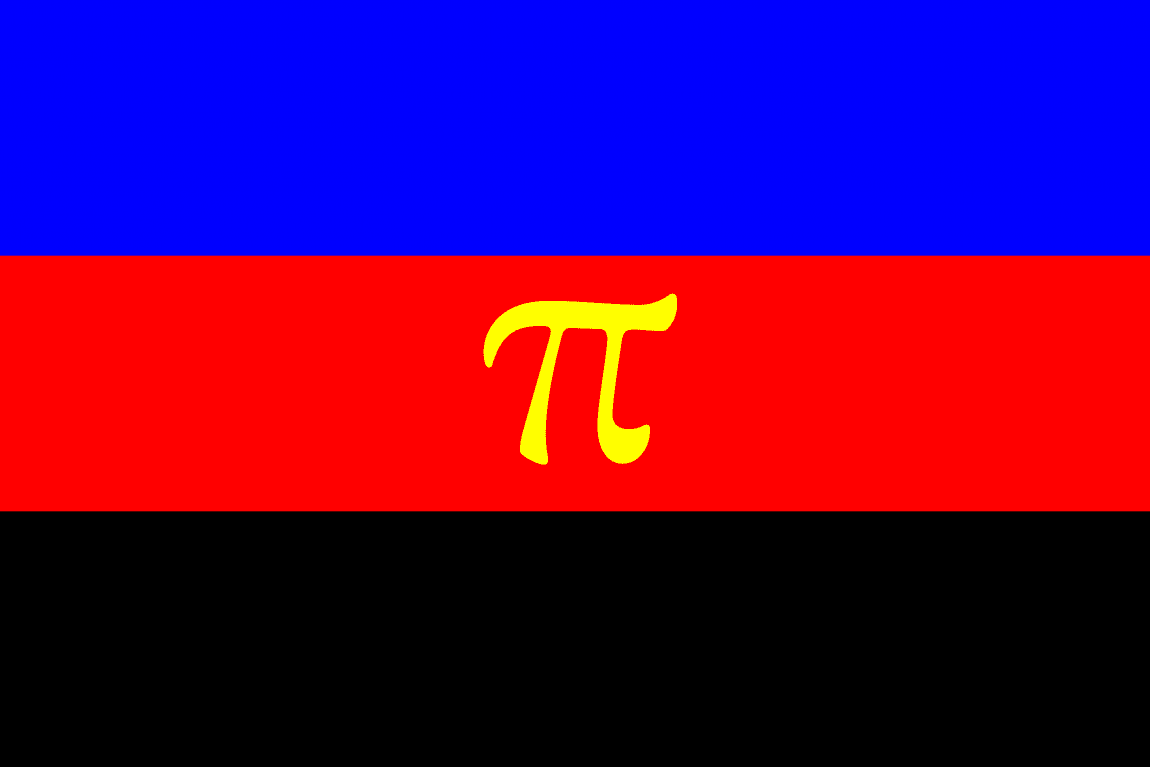
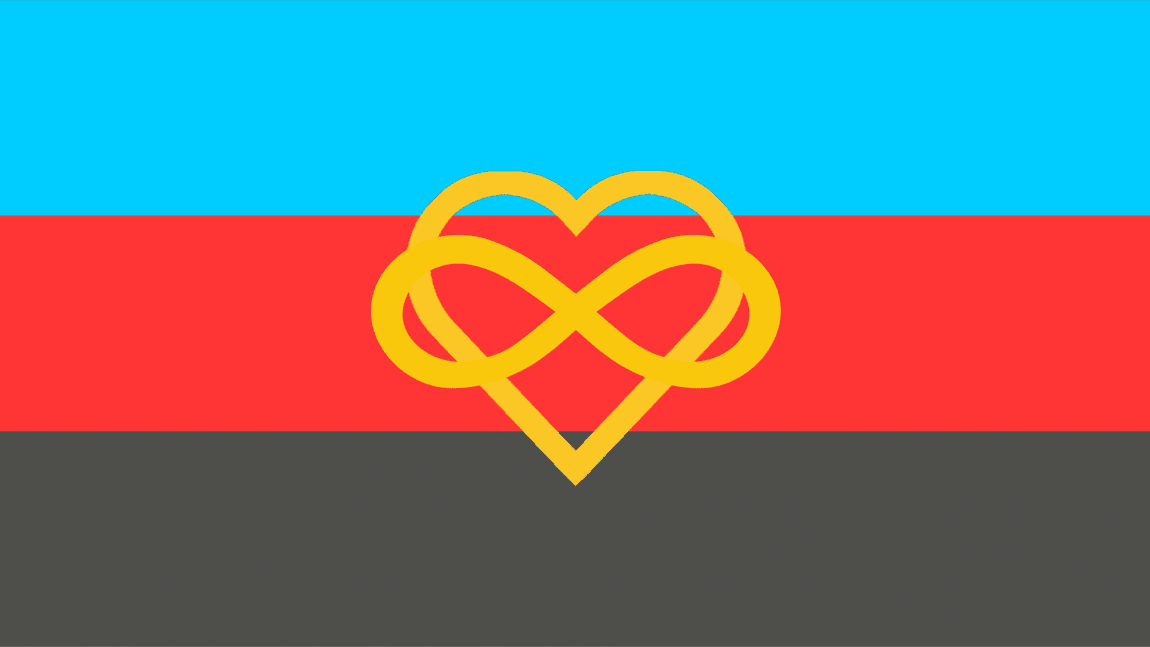
The original Polyamory flag was created in 1995 by Jim Evans. With a blue stripe representing openness and honesty, red representing love, and a black stripe in solidarity with those who must keep their multi-partner relationships secret to adhere to social norms and construct. The symbol pi in the center represents infinite love.
The polyamory community has never fully adopted a flag and we can find many variations during a pride parade. The organization Polyamproud is currently structuring a collective democratic vote on a new polyamory pride flag.

Similar to how the nazi forced Jewish people to wear the yellow star of David, gay men were forced to wear an inverted pink triangle. These persons were subject to harsh conditions and lowest in the camp hierarchy suffering abuse not only from the SS but also from the rest of the camp population. The histories and lives of these persons have largely been ignored by western historians.
The flag is a reminder of the past, those lost, and a cautionary reminder to not allow history to repeat itself.
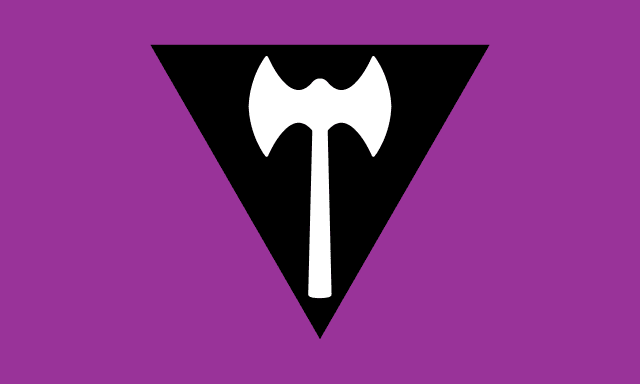
The Labrys lesbian pride flag was designed by the designer Sean Campbell in 1999. The violet background draws inspiration from the association between the color purple and lesbianism in the poetry of Sappho.
Similar to how gay men were forced to wear inverted pink triangles when the Nazis sent them to concentration camps, women who didn’t fit into the Nazi ideal, such as lesbians, were forced to wear an inverted triangle. The labrys on top of the triangle is a weapon used by the Amazons in mythology and represents empowerment.
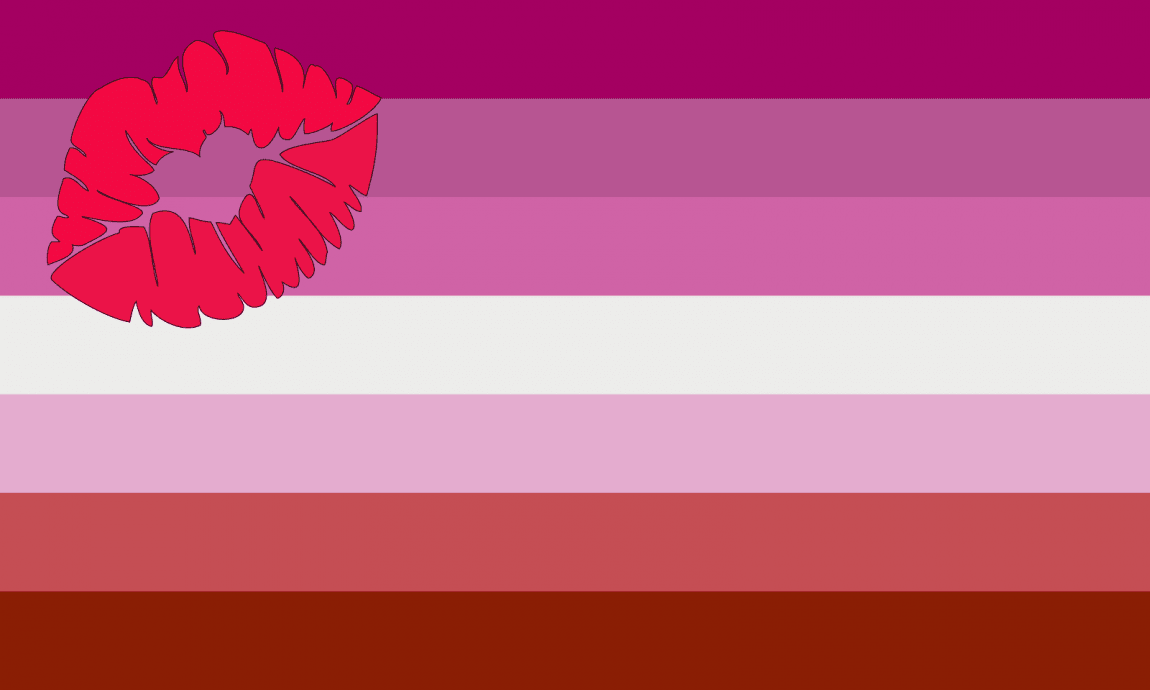

The original striped lesbian flag designed by Natalie McCray had colors inspired by shades of lipstick and a kiss mark representing feminine lesbians, or “lipstick lesbians”. The flag is often seen without the kiss mark as the flag was often considered too feminine and excluded butch lesbians.
Following accusations of racism, biphobia, and transphobia in 2018 against the designer a new flag was proposed. The colors of this new orange flag represent from top to bottom: Gender nonconformity, independence, community, every woman's unique relationship to womanhood, Peace and serenity, love and sex, and finally femininity.
These are just a few of dozens of different flags that are proudly flown during pride week. There are many variations of the flags mentioned in this post. But there are also many flags representing other groups of the community which we haven’t mentioned here. These flags serve as symbols and many times as beacons of hope in what oftentimes can feel like a lonely experience in a heteronormative and cisnormative society.
These flags help mark safe spaces and remind us of the beautiful diversity of persons and souls that constitute the community.
The product has been added to your cart